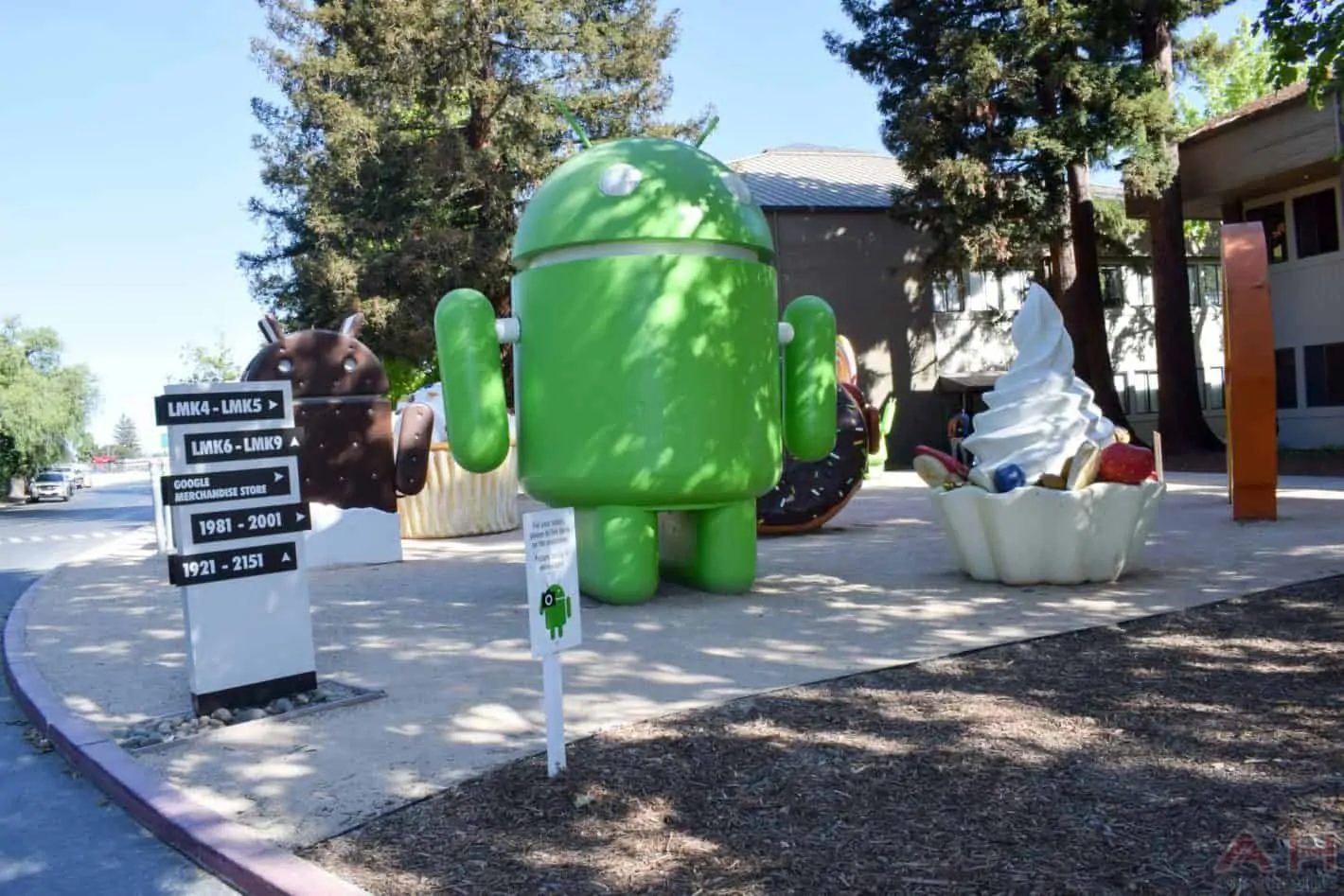Google has just released its year in review for Security & Privacy on Android for 2018, and it has some pretty impressive tidbits. Including the fact that Play Protect did cut down on harmful app installs by about 20-percent during the year. That’s still a big jump, and it means that it did a good job at keeping your phone protected from installing apps that could harm it.
When it came to the monthly security patches, Google reports that there was a 84-percent jump in security patch downloads during the fourth quarter. That means that more manufacturers are keeping up with these security patches, and more users are actually installing them. Instead of just opting to do it later on, and procrastinating.
Building on the security patches, Google says that 95-percent of all Pixel 3 and Pixel 3 XL smartphones had a security update that was released in the last 90 days. Considering the Pixel 3 and Pixel 3 XL launched in October with that month’s patch, that is still a pretty high number, but it should be 100-percent. Since the Pixel 3 and Pixel 3 XL did launch with the October patch and that is under the 90 day threshold that Google is touting.
Google says that the huge jump in monthly security updates being installed is due to the success of Android Go, Android One and the Android Enterprise Program. It also notes that new OEM agreements have helped it gain leverage and force OEMs to actually push out these updates. Many more smartphones now have a more up-to-date security patch, than in previous years.
The rate of PHA or potentially harmful apps, also dropped considerably in some developing countries. Most of the biggest Android markets have a PHA rate that is below one-percent. India actually saw a pretty big drop in this category. Going from about 1.25-percent in 2016 to around 0.75-percent in 2018. That brings them in-line with other Android markets like the US, Brazil and Russia. Google actually noted that Russia’s PHA rate is much lower, if it does not count the PHA’s that are pre-installed on devices sold in the country.
The number of PHA’s installed from the Google Play Store is much lower than the numbers above would illustrate, and that should be no surprise. Google Play Protect has done a good job at protecting smartphones from these PHA’s. In most countries, it’s around 0.25-percent. While apps that are installed from other sources, outside of the Play Store, are much higher. Sometimes as high as 11-times.
Breaking it down by Android version, the rate of PHA’s has been dropping drastically with each new version of Android. Lollipop has a rate of 0.65-percent. While Android Pie is all the way down to 0.18-percent. Of course, it’s worth noting that Android Pie – at the end of 2018 – was mostly only on Pixel smartphones. Which are mostly owned by Google fans and nerds, so they are much less likely to install harmful apps than regular people.
You can check out Google’s full year in review report at the link below.
Android 2018 Year In Review - Security & Privacy



